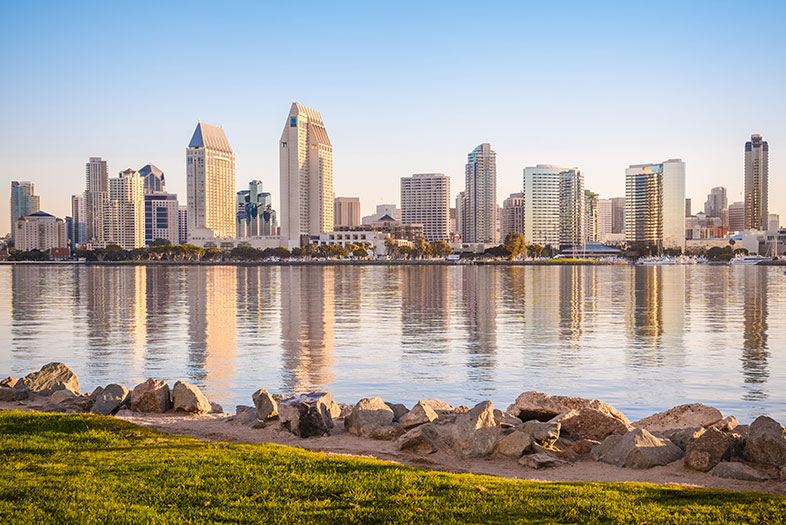
February 25, 2019
Knowing where we have been tends to give us insight into where we may be going, but in the case of the U.S. and world economies, predicting the future can be a harrowing task. I spend a great deal of time each day trying to make sense of the economic fundamentals that will impact the value and future profitability of the real estate investments that we pursue. In the 1950’s, 60’s and 70’s the Baby Boom generation created an insatiable demand for all things real estate in the American Midwest, Northeast and Southeast: housing, shopping centers, industrial manufacturing plants and office buildings all experienced phenomenal growth at one point or another during the 20th century in these regions. Now many of the assets in these areas lie dormant and vacant while other parts of the country are experiencing hypergrowth, often fueled by the rapidly growing tech economy. Understanding these macro trends is the first step we use at Global Building to determine what we want to buy, and just as importantly, where we want to buy it. Vacant buildings, even in a slow growing area, can be a great opportunity if purchased right and the building use matches the demands of the local market and needs of the local consumers.
But while identifying and having a fundamental understanding of the macro trends in the economy is extremely important, it is usually the “near term” unforeseen submerged economic “rock formations” that sink a seemingly good real estate investment and send it to Davy Jones’ Locker. There is a good chance that well located real estate in rapidly growing geographic areas, and sometimes even in slow growing areas, will likely increase in value over time if the use of the property remains in high demand. But if economic disruptions sink the ship, an investor may never make it on the long, long journey to the promised land. So, the questions going through my mind these days (and often into the nights) are as follows: • What is the magnitude of debt at the government, corporate and consumer levels and what is the likelihood this debt can be serviced if interest rates keep rising? And what happens in those instances where it can’t be serviced? • What is the underlying strength of the largest world economies? And what could cause the growth of these economies to falter? • What is the future supply and demand for the products and services related to real estate in general, and a potential investment specifically, and how would a development and construction projected be impacted if costs rise too quickly? Could it be a death knell for a project if costs rise too high, and too fast? • What is the political climate in the U.S. and how could the ebb and flow of the fortunes of either of the major political parties impact future real estate costs and values (usually through regulation and taxation)? • What potential unforeseen events (for instance a war, a national economic collapse, etc.) could trigger a shock and throw the Global economy into a tailspin?
While there are many other important things to consider, these are some of the most critical issues that could affect the value tomorrow…of what we invest in today. Any one of these global, national or local economic factors can have a direct impact on a real estate investment, which is why it is important to consider all three as we analyze potential investment opportunities. There is much scuttlebutt amongst the economists about dark clouds gathering on the horizon. And now that we are 10 years into what has become the longest economic expansion in U.S. history, it is not inconceivable that the fundamentals are getting closer to a breaking point, with a recession usually following closely. Over the next few issues I will delve deeper into some of the considerations and concerns I have identified herein to give you some insight into how we at Global are approaching our real estate acquisitions this year. Just be advised that by the time I provide my thoughts and opinions on a particular subject identified above, my thoughts and opinions might change from what they are today. Such is the topsy-turvy world we now live in. Until the next issue, best wishes and invest well!